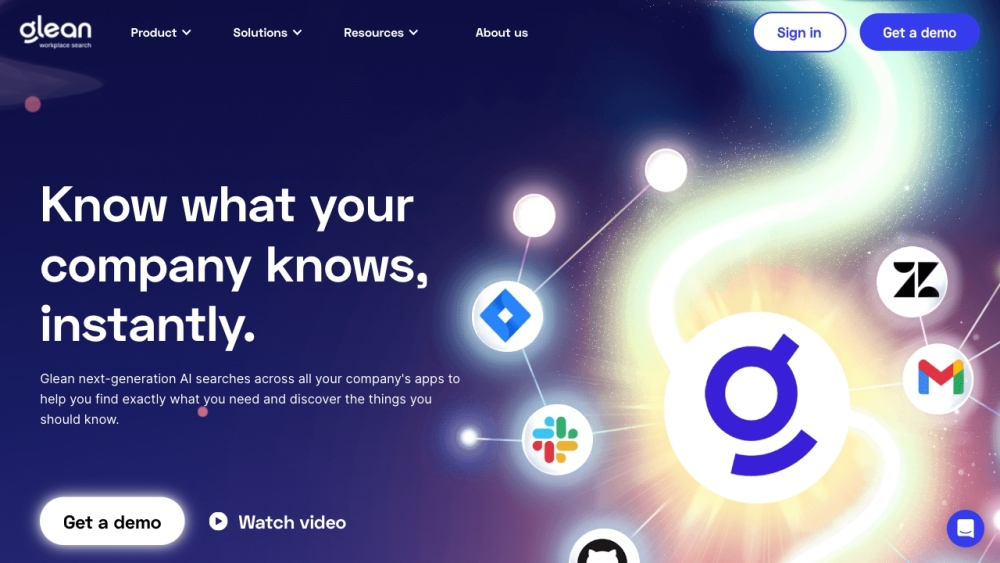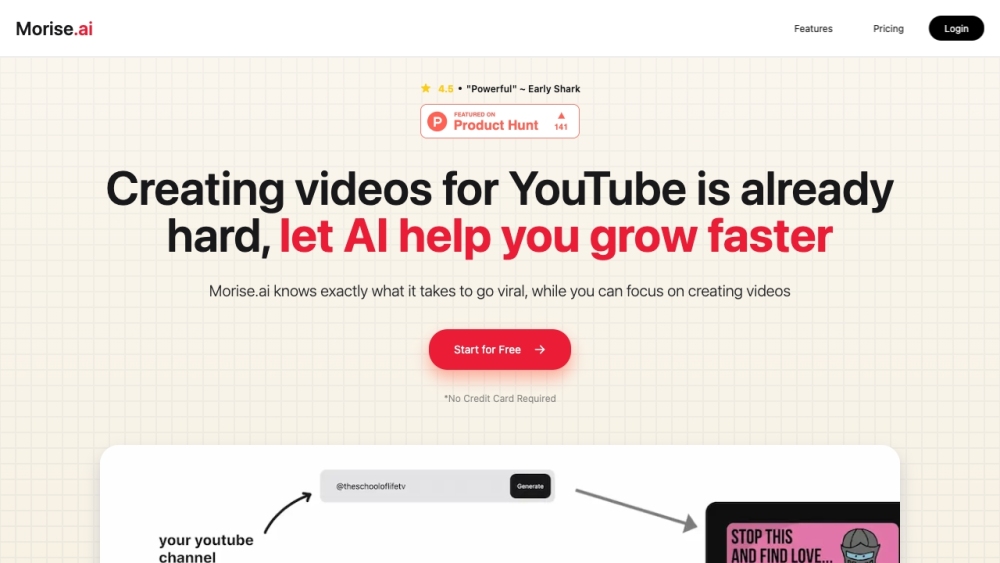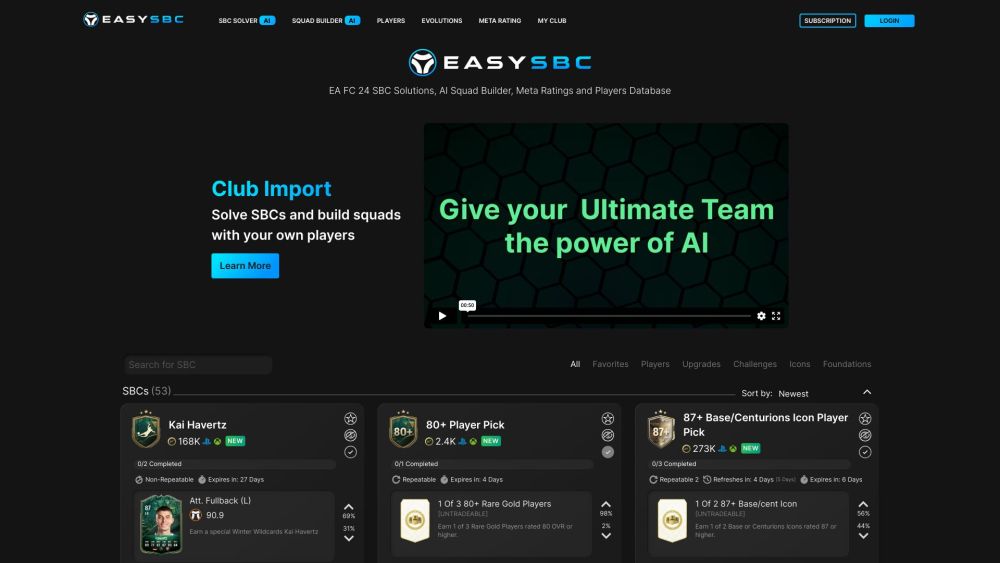Let's begin by acknowledging that change is challenging for everyone, especially within large organizations. Over the past 15 years, we've observed numerous large corporations struggling to adapt to emerging technologies such as mobile devices, Big Data, the cloud, and digital transformation as a whole. Today, artificial intelligence (AI) is driving changes that companies and their employees must embrace, whether they are prepared for it or not.
One major barrier is technical debt. This refers to the need for an organization’s tech stack to evolve in order to leverage new technologies fully, rather than relying on outdated systems designed for a previous era. Making fundamental changes to business operations can be daunting, especially when it involves risking established processes. Few managers are inclined to pursue such transformative change, since it encompasses significant risks despite the enormous potential rewards.
Another hurdle is institutional inertia. People often find it difficult to change their established ways of working. I recall a time when I worked as a technical writer and helped implement a computer system for a small-town register of deeds. Before this, all deeds were stored on paper in cumbersome file cabinets, making it a laborious process to trace deeds, often taking weeks.
While the new computer system was vastly superior, the front desk staff who interacted with the public remained skeptical. Their role involved stamping completed documents with enthusiasm, a ritual that had become part of their identity over decades. They were unwilling to part with the physical stamp that symbolized their authority and pride in their work.
Ultimately, the system architect decided to allow them to keep their rubber stamp. Although it was unnecessary in the new online system, this gesture helped gain their buy-in for the change.
This leads us to the crux of the issue: effective change management. The hardest aspect of adopting new technologies isn’t the purchasing, testing, or implementation phases; it’s ensuring that people actually utilize them. Often, accommodating employees' emotional needs—like allowing them to retain their symbolic stamps—can prevent potential sabotage of even the best-laid plans.
Now, considering AI’s transformative potential, it signifies a more radical shift in how we work. Workers who once held power may feel it diminishing, making it vital to handle this transition carefully to avoid alienating them and squandering company resources.
Ultimately, organizations are composed of people, and navigating the messiness of human emotions is key to achieving the goal of implementing software that can revolutionize business operations.
AI is ushering in a groundbreaking way of working. Historically, significant technological upheavals, such as the rise of personal computers in the 1980s and the advent of the internet, have reshaped how organizations function. However, AI may surpass these earlier shifts in scope and impact.
According to Karim Lakhani, faculty chair at Harvard’s Digital Data Design Institute, “The internet era lowered the cost of information transmission, allowing CIOs to usher digital technologies into organizations. AI, however, is distinctly different—it’s lowering the cost of expertise.”
Adapting to organizational change is undoubtedly difficult and requires support from leadership. As Box CEO Aaron Levie aptly puts it, this marks a unique moment where computers are not merely facilitating human tasks but are taking over those roles entirely. “This creates a new relationship with technology as computers increasingly make judgment calls and process information akin to human thought,” Levie explains.
To harness AI's potential effectively, organizations must re-evaluate their frameworks, considering new issues such as answer accuracy, data leakage, and the training data for AI models. While Levie believes his platform is well-equipped to address these challenges, companies face the daunting task of navigating through numerous vendor claims to find genuine solutions.
A key issue for organizations is determining whether generative AI truly delivers on its promise of enhanced productivity. Currently, the lack of a clear link between generative AI capabilities and increased efficiency complicates the internal pitch to employees who may feel threatened by technological change.
Conversely, some employees will advocate for these innovative tools, creating tension within the organization as management works to implement AI amidst a spectrum of differing opinions on its impact.
Jamin Ball, a partner at Altimeter Capital, emphasizes the necessity of embracing this transformative technology, regardless of immediate benefits. “AI represents a major platform shift, and failing to adopt or invest in it could lead to market share loss and obsolescence,” he noted in his Clouded Judgement newsletter.
Rita Sallam, a Gartner analyst, agrees that the real value of innovations like AI isn’t confined to immediate cost savings. Like the introduction of word processors, which fostered a new way of working, AI may spark unprecedented innovation and collaborative ideation.
Executive buy-in has always been vital for digital transformation. The cloud, much like personal computing before it, reshaped business operations, but Lakhani believes AI is distinct because it is accessible and demonstrable. “Today, CEOs can see the transformative potential of AI first-hand, which can facilitate widespread organizational change.”
Yet, simply implementing AI solutions isn’t enough; vendors must effectively demonstrate their value to potential clients. Lakhani warns that overcoming resistance from internal stakeholders will be even greater than technical obstacles. He outlines three guiding principles for organizations embarking on this journey: “Machines won’t replace humans, but humans using machines will outpace those who do not; AI initiatives will fail if not managed from the top down; and you must create incentives for employees to feel positive about adopting AI rather than forcing it upon them blindly.”
It’s clear that navigating this transformation will be complex. Every organization presents unique challenges based on readiness and maturity levels around technology. However, the essence of organizational change remains rooted in human dynamics. As AI implementation test the adaptability of organizations like never before, success or failure could significantly influence their future.




